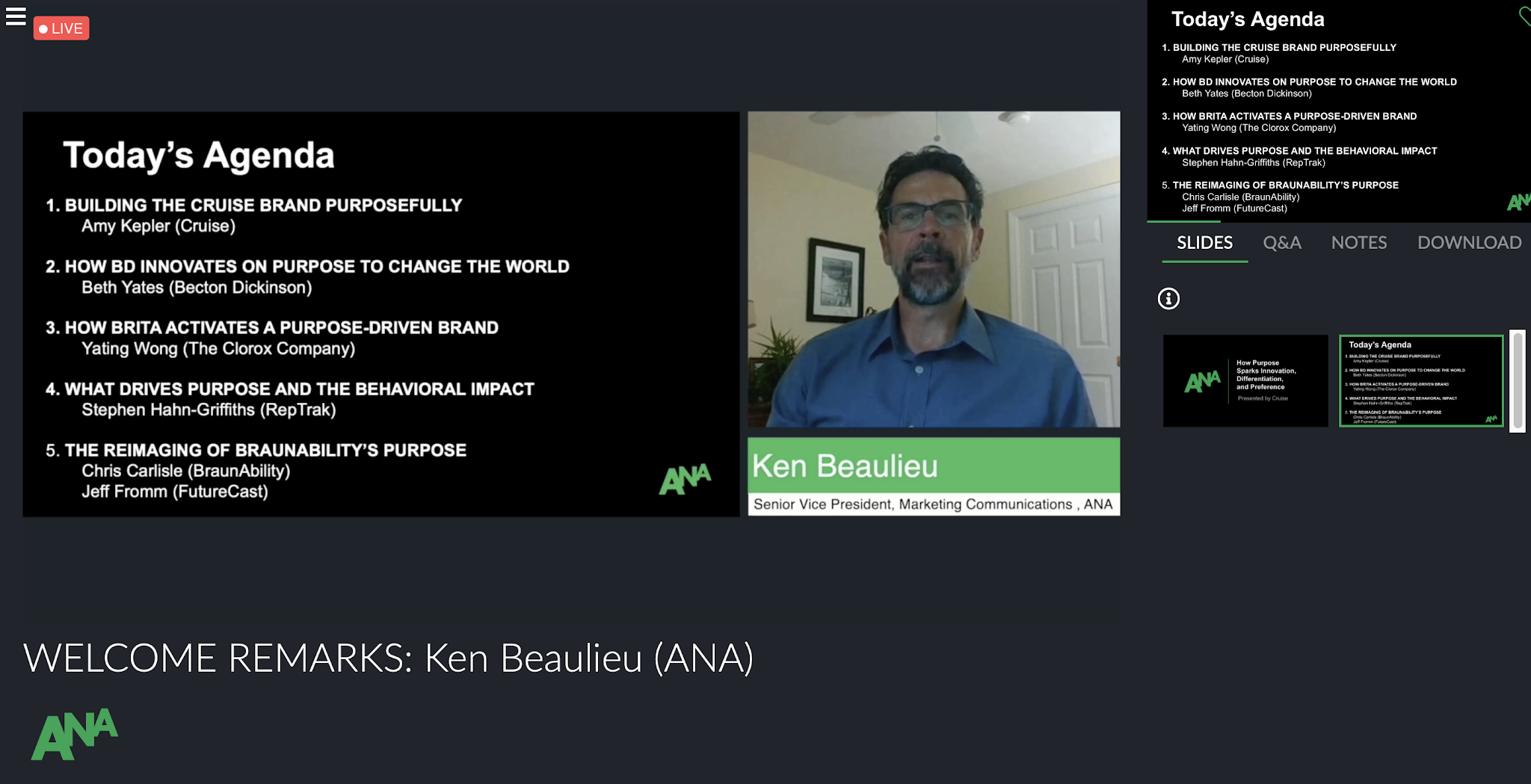Lean In or Lay Down: Women in Communications 2019 Conference
When Sheryl Sandberg’s Lean In released, it was a rallying cry for women climbing their way up the corporate ladder. “You can do it! Success is within reach if you just lean in,” it evangelized. (I’m paraphrasing, of course.) But the Lean In phenomena also lit a match under the ladies who, realistically – as comedian Ali Wong phrased it – wanted to “lay down.” That is, the women who have been kept down and completely exhausted by the barriers that keep the glass ceiling untouchable by most: unsupportive men, unsupportive women, diet (non-intersectional) feminism, etc. It’s tiring being a working lady!
The debate between whether to lean in or to lay down was the overarching theme during today’s Women’s in Communications conference at the New York Stock Exchange. Hearst, WarnerMedia, Nielsen, CBS, BRIC, and the Oprah Winfrey Network sent C-suite women to discuss their path toward becoming high profile figures in media during hour-long panels.
Kate Lewis, the Chief Content Officer of Hearst Magazines discussed the challenges of keeping pace with technology: the sacrificing accuracy and style; having a team that can put together content as quickly as possible; and potentially having to move their brands behind a paywall as they do away with print. Kristina Newman-Scott, President of BRIC, gave practical advice to job seekers: to find a place where people are nice and women lift each other up because, “We all have space.”
But when asked about how women can succeed in the boardroom, most panelists defaulted to the Lean In philosophy. They encouraged us to take work home, to prove ourselves with results, and to be a workhorse not a show pony. One panelist suggested we treat our entry level jobs as “grad school,” learn and do homework. Only one panelist pointed out that we, as women, should set boundaries. That while we should take advantage of opportunities to advance in the workplace, we should also learn the power of “No.” “No, I will not ‘bring the muffin basket.’” “No, I think John here took amazing notes last time. I think he would be better for the job, but I would be more than happy to help him.” No one talked about taking a break, even if just for a minute.
Only in the first breakout session, at a talk by NYU Langone professor and practicing cognitive behavioral therapist Dr. Rachel Goldman, did we discuss burnout and was not met with advice to “Just do what you love and you won’t burn out.” Instead, we were told to recharge our batteries and practice self care: take time to eat properly, drink water, exercise, and take deep breaths. And curiously enough, to learn how to say “No.” (Turns out, it’s important even outside of being asked to do “fun duty” at work.)
And only in the second session on building relationships and your reputation from Kameka Dempsey did I hear statistics about how women, especially women of color, often have a harder time even recognizing the problems that breed sexism in the boardroom. For example, people are less likely to give feedback to women and people of color. People would rather gossip and build animosity. So, ask for feedback and make it as easy as possible: Tell the person what progress and success means to you. Give a metric.
So, to be clear, I don’t think women shouldn’t lean in. I am all for the modern day businesswoman who takes charge in meetings and paves the way for other ladies so that we may break the glass ceiling together. But after this conference, I also don’t think women shouldn’t ever lay down – at least for a few minutes of self care. We can be bada**, and we can work just as hard as men (if not harder), and still have our sanity!
Laying down is an essential part of leaning in.
KEY TAKEAWAYS:
- Lean in and lay down. You can be productive and achieve great things, but to do that, take care of yourself first.
- Set boundaries. You were not hired to bring the muffin baskets and do the work you are being paid for. If you can’t or don’t want to bring the muffin baskets (or some other “fun” office tasks women are often asked to do), delegate it or just say no.
- We all have space. As women, we are fighting for equality in the workplace, not to join the boys’ club and pull the ladder up behind us. We are here to break the glass ceiling, not to break each other.




